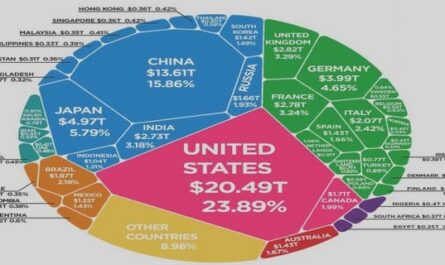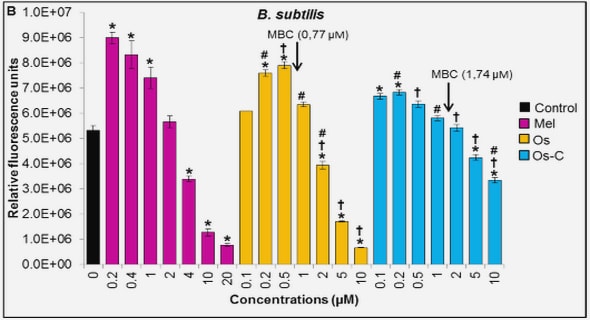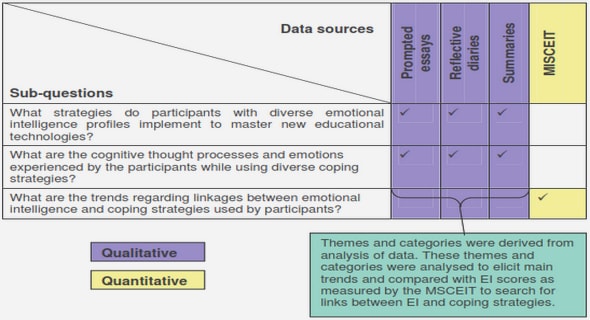Get Complete Project Material File(s) Now! »
BACKGROUND TO THE PROBLEM
The University of Pretoria (UP) is a recognised leading research university in South Africa. It has transformed from a mainly White, Afrikaner institution to a multilingual, multi-racial university that has more than 50 000 students and offers a high standard of education to South Africans over a wide spectrum, irrespective of colour or creed (UP, 2017). Like all other Higher Education Institutions (HEIs), the main aims of UP are to improve the graduation rates and decrease the attrition rates of first-time entering students, address equity of access and supply the private work force with well-educated and skilled staff (UP, 2017).
The academic programmes of UP are diverse and are offered in nine faculties, one of which is the Faculty of Engineering, Built Environment and Information Technology (EBIT), within which the School of Information Technology (SIT) is located (UP, 2017). The main aims of SIT are to upskill students in the specialised field of Information Technology (IT) and prepare them for the challenges of the workplace. SIT was formed in April 1998, and comprises of three departments – the Department of Computer Science, Department of Informatics and the Department of Information Science – all tasked with the responsibility of offering undergraduate and post-graduate degrees, and in so doing, opening avenues for IT practitioners. Furthermore, it offers students who did not meet the criteria for the three-year IT study programmes the option of following an extended four-year programme (E4YP) in IT.
The three disciplines offer a high level of instruction, amongst others, in the following IT degrees (the emboldened titles indicate that these degree courses are part of the E4YP in IT):
– Bachelor of Information Technology (BIT)
– Bachelor of Information Science (BIS) (Multimedia) Page 2 of 275
– Bachelor of Information Science (BIS)(Multimedia)(E4YP)
– Bachelor of Information Science (BIS)
– Bachelor of Science (Computer Science)
– Bachelor of Science (Information Technology)
– Bachelor of Science (Information Technology)(E4YP)
– Bachelor of Commerce (Informatics)
The student cohort at UP comes from diverse cultural backgrounds, from South Africa’s so-called rainbow-nation and subsequently bring different levels of proficiency and world experiences to the higher education (HE) sector. This is in contrast to pre-1994, where the portrait of the typical student was “White males from privileged backgrounds” (Rendon, 1994; Cabrera, 2014). Presently the student population “suggests a tapestry of differentiation in social background, race/ethnicity, gender, disability, lifestyle and sexual orientation” (Rendon, 1994; Cabrera, 2014; Rendon, 2017).
Depending on their secondary school results, students are admitted to UP as either mainstream students, or allocated a seat in the E4YP if they do not meet the standard entrance requirements. This study concerns itself with IT students on the E4YP.
CHAPTER 1: INTRODUCTION
1.1 BACKGROUND TO THE PROBLEM
1.2 SHORT LITERATURE SURVEY
1.3 PROBLEM STATEMENT
1.4 RESEARCH QUESTIONS
1.5 RESEARCH METHODOLOGY.
1.5.1 Description of Instruments
1.6 LIMITATIONS
1.7 A ROAD MAP OF THE THESIS Introduction..
1.8 CONCLUSION
CHAPTER 2: LITERATURE REVIEW
2.1 INTRODUCTION
2.2 CHARACTERISTICS OF SUCCESSFUL UNIVERSITY STUDENTS
2.3 FIRST YEAR EXPERIENCE (FYE)
2.3.1 In General
2.3.2 IT Students
2.4 EXTENDED FOUR-YEAR PROGRAMMES
2.4.1 In General
2.4.2 At the University of Pretoria (UP)
2.4.3 IT Students
2.5 REASONS FOR STUDYING IT
2.5.1 Motivation to study IT
2.5.2 Learning about IT
2.5.3 Family member is an IT graduate
2.6 SKILLS NEEDED BY IT STUDENTS
2.7 GRADUATES AND THEIR FUTURE CAREERS
2.8 THE ROLE OF ACADEMIA IN IMPROVING STUDENT SUCCESS
2.9 CONCLUSION
CHAPTER 3: STUDENTS’ ACADEMIC READINESS SURVEY STARS
3.1 INTRODUCTION
3.2 BACKGROUND
3.3 ACADEMIC READINESS QUESTIONNAIRE DEVELOPMENT
3.4 THE DEVELOPMENT OF THE QUESTIONNAIRE
3.5 CONCLUSION
CHAPTER 4: RESEARCH METHODOLOGY
4.1 INTRODUCTION
4.3 RESEARCH PHILOSOPHY
4.4 RESEARCH APPROACHES
4.5 RESEARCH PARTICIPANTS
4.6 RESEARCH DESIGN STRATEGIES
4.6.1 The Survey
4.6.2 Use of Documentation
4.7 DATA COLLECTION
4.7.1 Online Questionnaire
Page viii of 275
4.7.2 Questionnaire (STARS)
4.7.3 Online IT-questionnaire
4.7.4 Mini-essay
4.7.5 Mini-questionnaire/s
4.8 DATA ANALYSIS
4.8.1 Quantitative Analysis and Interpretation
4.8.2 Qualitative Data Analysis
4.9 ETHICAL CONSIDERATIONS
4.9.1 Background .
4.10 CONCLUSION
CHAPTER 5: ANALYSIS OF FINDINGS
CHAPTER 6: RECOMMENDATIONS AND CONCLUSION
CHAPTER 7: REFERENCES


